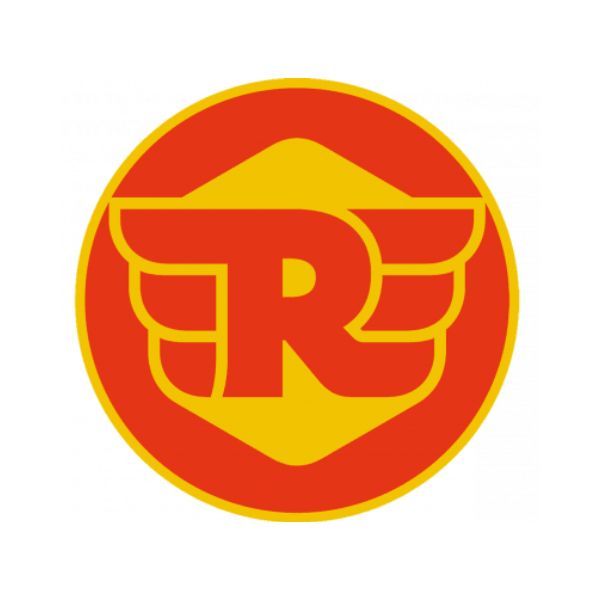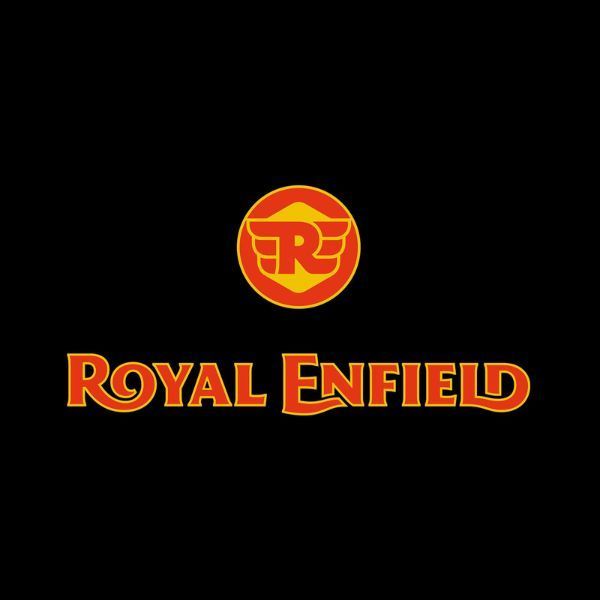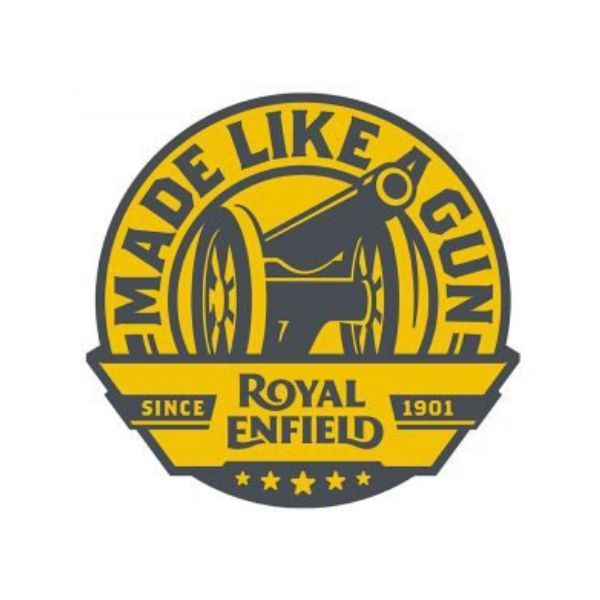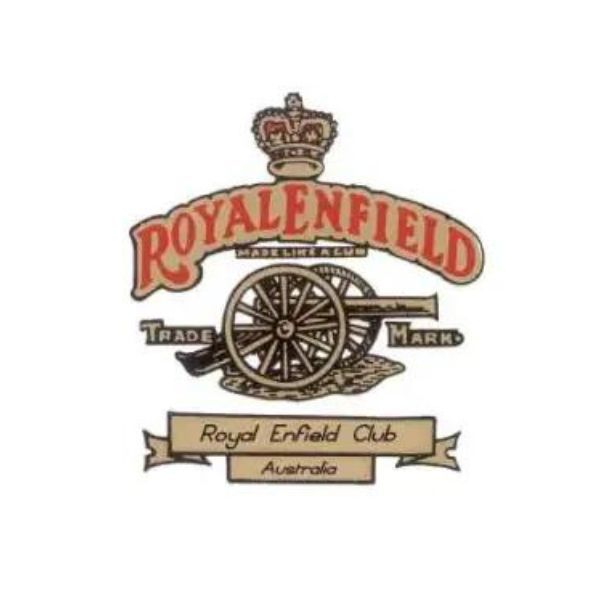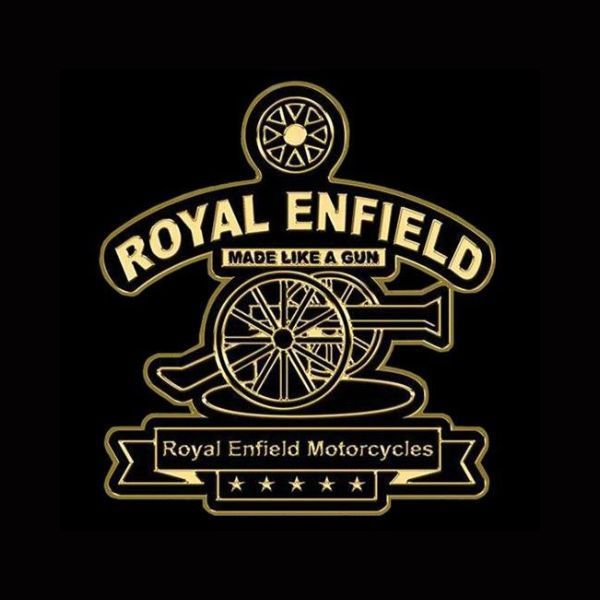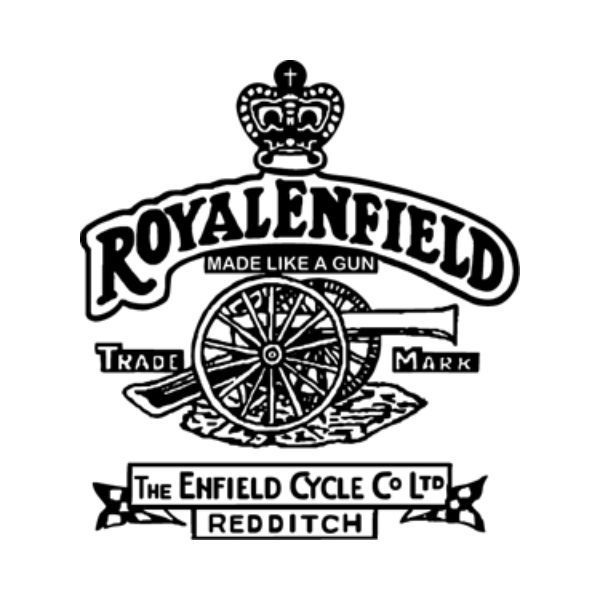Royal Enfield
Royal Enfield, a name that resonates with history and innovation, has been a symbol of classic motorcycle engineering for over a century. This article takes a deep dive into the enduring legacy of Royal Enfield motorcycles, tracing their journey from a modest needle and bicycle manufacturer in Redditch, England, to becoming a globally recognized icon in the motorcycle industry.

The story of Royal Enfield begins in the late 19th century with George Townsend’s small business in Redditch, England, producing needles and fishing tackle. Evolving to manufacture bicycles under George Townsend & Sons, the company laid the foundation for what would become a legendary name in motorcycles.
In 1892, the Eadie Manufacturing Company, led by Albert Eadie and R.W. Smith, took over the business. They named their bicycles “Royal Enfield,” a nod to the Royal Small Arms Factory in Enfield, London. The first Royal Enfield motorcycle was introduced in 1901, marking the beginning of a new era in motorized transportation.
Throughout the early 20th century, Royal Enfield was at the forefront of motorcycle technology. From introducing the V-twin engine to developing gearboxes, the brand was synonymous with innovation and quality. Their motorcycles were not just vehicles but embodiments of endurance and style.
Royal Enfield’s role extended beyond commercial success, as they became crucial suppliers of motorcycles to the British armed forces during both World Wars. Their ‘Flying Flea’ motorcycle, designed to be parachuted into warzones, exemplified their commitment to ingenuity and service.
Post-World War II, Royal Enfield’s presence in India grew exponentially. Initially importing motorcycles for assembly, they eventually set up a manufacturing plant in Chennai. The iconic Bullet model, cherished worldwide, became a staple of Indian roads and symbolized Royal Enfield’s enduring appeal.
Despite the closure of its original factory in England, Royal Enfield thrived under the ownership of India’s Eicher Motors. The turn of the millennium saw the brand modernize its manufacturing while retaining the classic appeal of its motorcycles, leading to a resurgence in popularity globally.
Today, Royal Enfield stands as a unique blend of history and modernity, offering models that appeal to enthusiasts of classic and contemporary motorcycles alike. Their journey from a small workshop in Redditch to a global phenomenon is a testament to their enduring appeal and commitment to the spirit of motorcycling.
Additional Royal Enfield Logos
Author: William Flaiz




